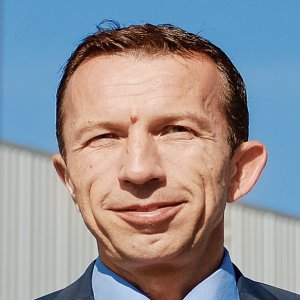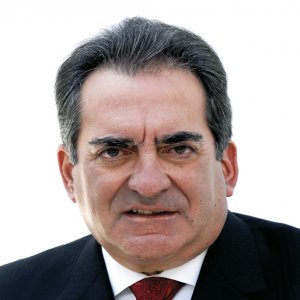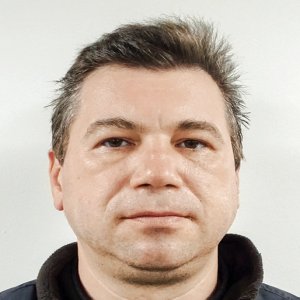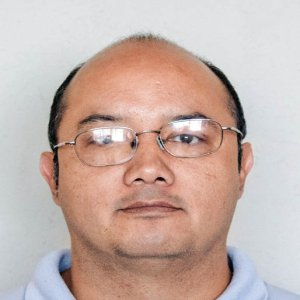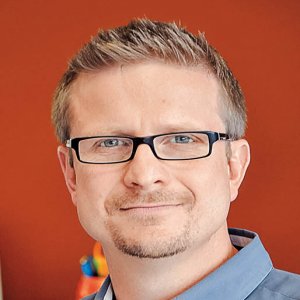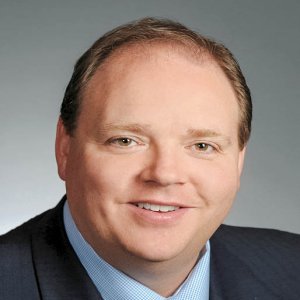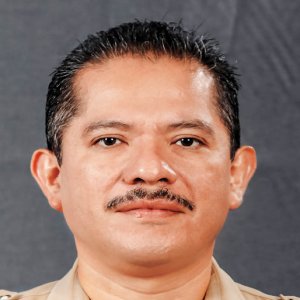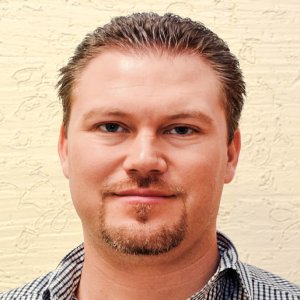Leader Strengthens Its Hand in Mexico

Q: How has Bosch’s investment plan for its plants in Mexico evolved?
A: Every year we invest between US$90-150 million in our manufacturing operations in Mexico, usually in two or three locations. Our investment in Toluca is now complete and we expect to spend the remaining resources at our Juarez plant within the next 12 months. Most recently, we invested in a training center for electronics manufacturing at that same location. Our focus for 2016 and 2017 is San Luis Potosi. Our gasoline direct injection systems as well as our continuously variable transmission belt production take place at this facility. This is one of only four manufacturing sites for these belts in the world. We are also investing heavily in our Aguascalientes plant manufacturing antilocking brakes and electric stability program to meet to high demand for these products in the international and domestic market. We are also launching a new plant in Queretaro for automotive steering solutions. It is our first venture in Mexico involving these systems and production is expected to start by the end of 2017.
Q: What is Bosch’s strategy for R&D in Mexico?
A: Bosch’s take on R&D is investment-extensive and people-intensive. In mid-2014, we started the Engineering Development and Corporate Solutions Center in Guadalajara with 11 people and we expect this number to grow to 200 by the end of 2016. It was difficult since trust from customers is difficult to obtain in development operations. However, the project has advanced promisingly and we foresee a bright future. We were among the first companies to join the Creative and Digital City initiative in Guadalajara and it is now a strong project that will attract new investors to the country. In 2015, we started the new development project for gasoline injection in San Luis Potosi, which will increase the number of people involved in development activities to 800 by the end of the decade. We foresee a similar outcome for our assisted breaking products and boosters in Aguascalientes in the short term.
Before finalizing the course of our R&D projects in Mexico, finding the right people to support these initiatives was a challenge. But STEM graduate supply is excellent in the country and people are excited about the opportunity to work with Bosch. We focus our recruiting efforts on public universities, though we do not shy away from private institution alumni. We also always try to recruit recent graduates. As development activities were practically nonexistent in the ‘90s in Mexico, there are almost no individuals with years of experience in these areas. We have to develop our own talent, sending them to the US, Germany and India to close gaps in their knowledge. There needs to be more investment to address this issue, as well as incentives from the government to justify our efforts.
Q: How has Bosch contributed to the development of sustainable technology?
A: We focus on new developments in electrification and higher efficiency in combustion engines. We are the largest producer of new patents for the automotive industry. Furthermore, we reinvest almost 10 percent of our revenue in R&D, representing more than US$7.7 billion every year. We are at the forefront of innovation. Opportunities such as battery technology, energy density and charging cycle improvements are intriguing topics for Bosch and other industry participants. We understand it will take some time before we see these technologies significantly influencing Mexico. Therefore, Bosch is trying to innovate in already existing products.
Urban mobility interests us, particularly in large vehicles whose engines start and stop continuously. Our new particle filter technology in collaboration with HJS (Emission Technology), currently in its testing phase, removes at least 90 percent of all polluting agents in black smoke. We want to prove the system can work with existing bus fleets, including public and university transportation units, and we expect the technology to be available by the end of 2016. This filter was designed to be easy to install and maintain. Our teams are also developing dualfuel retrofit options for Mexico’s diesel and natural gas vehicle park. We started a new division focused on heavy vehicles and urban applications, and another dedicated to two-wheeler systems, which present an opportunity for shorter commutes.



